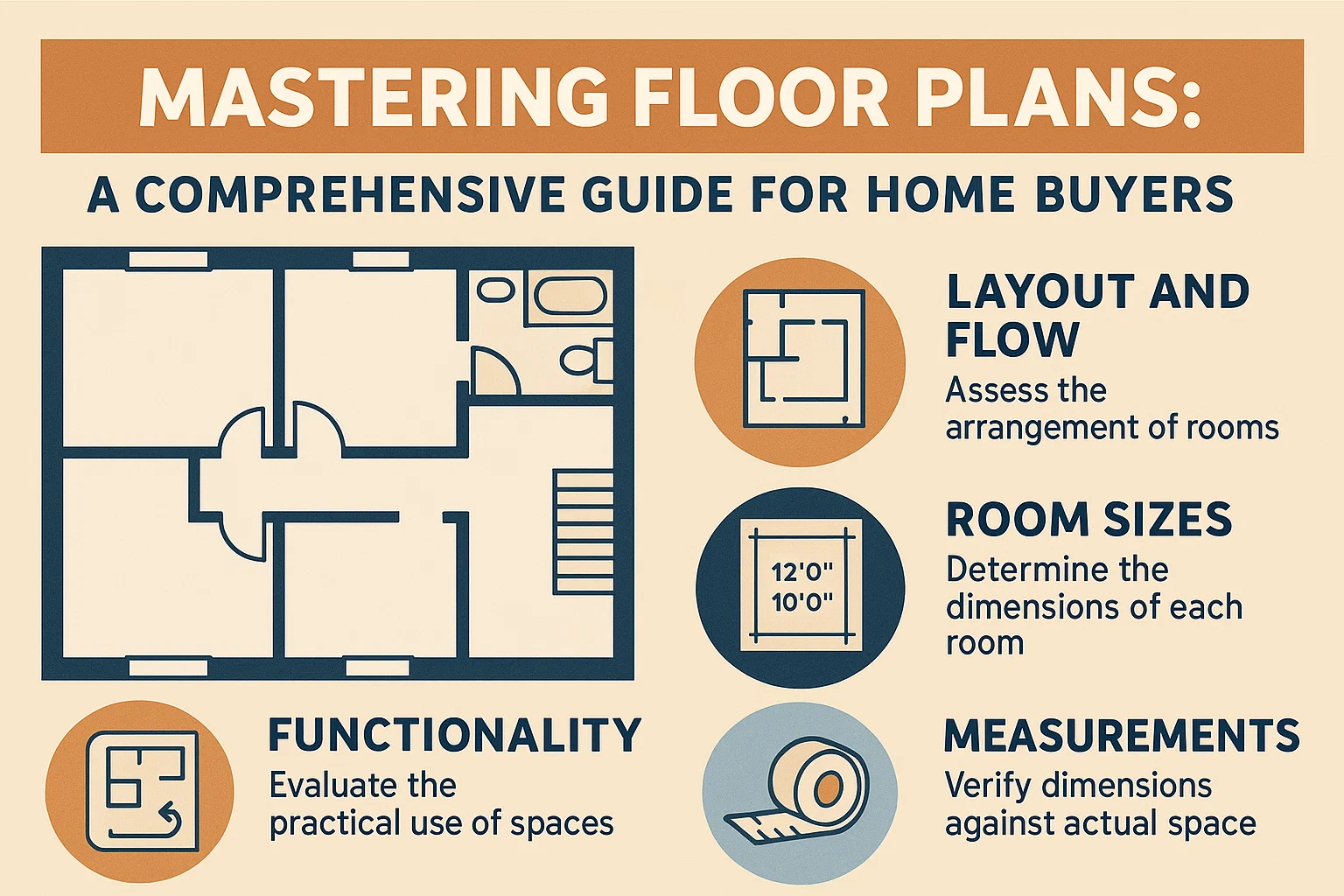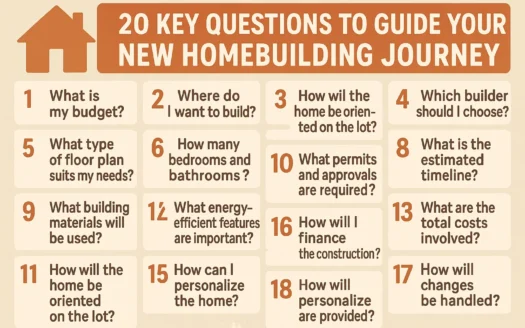Mastering Floor Plans: A Comprehensive Guide for Home Buyers

Mastering Floor Plans: A Comprehensive Guide for Home Buyers
Why Floor Plans Matter
Photos and video tours of houses can convey the look of a home, but floor plans reveal practical details like spatial layout, furniture placement, and natural light sources. Learning to read them ensures you understand a property’s true potential.
What Is a Floor Plan?
A floor plan is a visual map of a home’s layout, translating measurements (square footage, room counts) into an easy-to-understand format. It displays one floor at a time and includes:
- Locations of bedrooms, bathrooms, and kitchens
- Placement of doors, stairs, and windows
- Basic room dimensions and structural features
Note: Floor plans differ from blueprints, which include technical details for builders rather than buyers.
Understanding Floor Plan Symbols
Symbols and annotations help decode the design intent. Common examples include:
- Solid lines: Walls, doors, and permanent fixtures
- Dotted lines: Optional features (e.g., appliances) or ceiling transitions
- Arrows or “N”: Directional markers indicating north-facing orientation
For instance, a room with multiple windows might suit a sunlit living area better than a bedroom.
How to Read a Floor Plan Step-by-Step
1. Start at the Entrance
Begin at the front door (usually at the bottom of the page) and mentally walk through each room. Note proximity to key areas like bathrooms or entryways.
2. Analyze Room Flow
Observe how spaces connect. Does the kitchen open to the dining area? Are bedrooms clustered for privacy? This reveals the home’s circulation pattern.
3. Check the Legend
The legend clarifies scale (e.g., ¼ inch = 1 foot) and orientation (north-facing direction). Use it to gauge room sizes and sunlight exposure.
Decoding Dashed Lines
Dashed lines typically indicate two possibilities:
- Optional features: Appliances, windows, or walls you can add or omit
- Ceiling transitions: Changes in ceiling height for aesthetic purposes
Final Tips for Success
Practice “walking” through multiple floor plans to compare layouts. Focus on how spaces align with your lifestyle—whether you prefer open-concept living or defined rooms. With these skills, you’ll confidently evaluate properties and make informed decisions.



